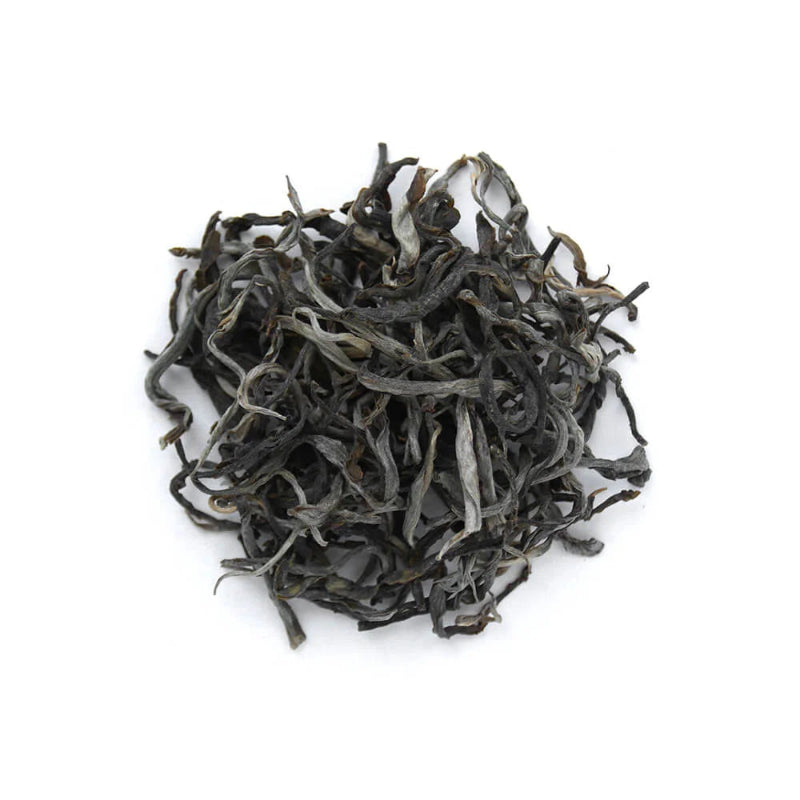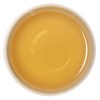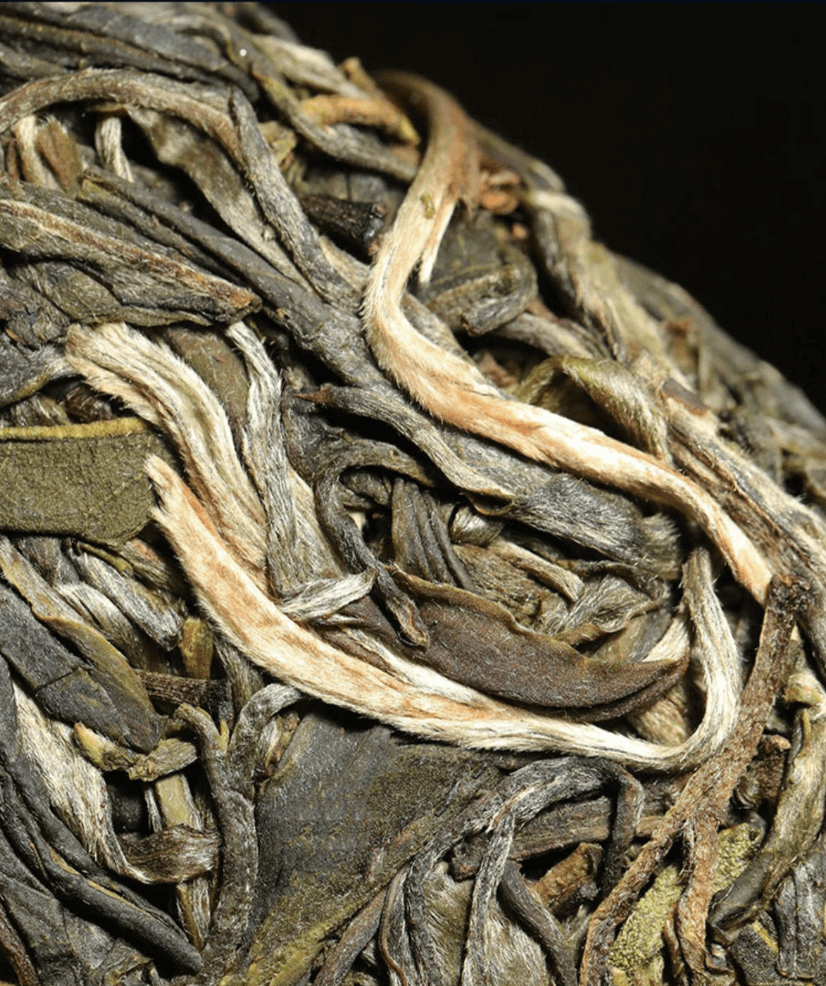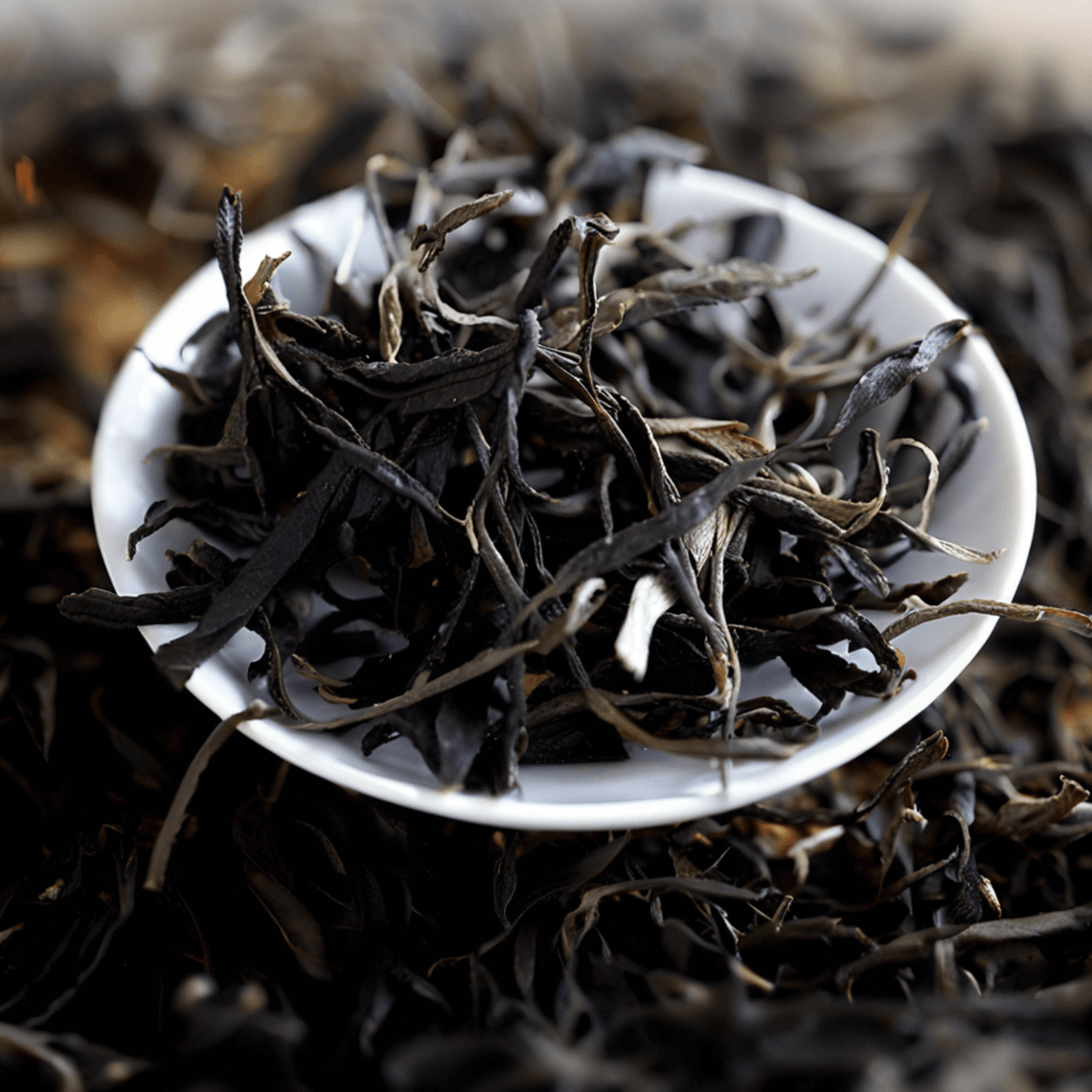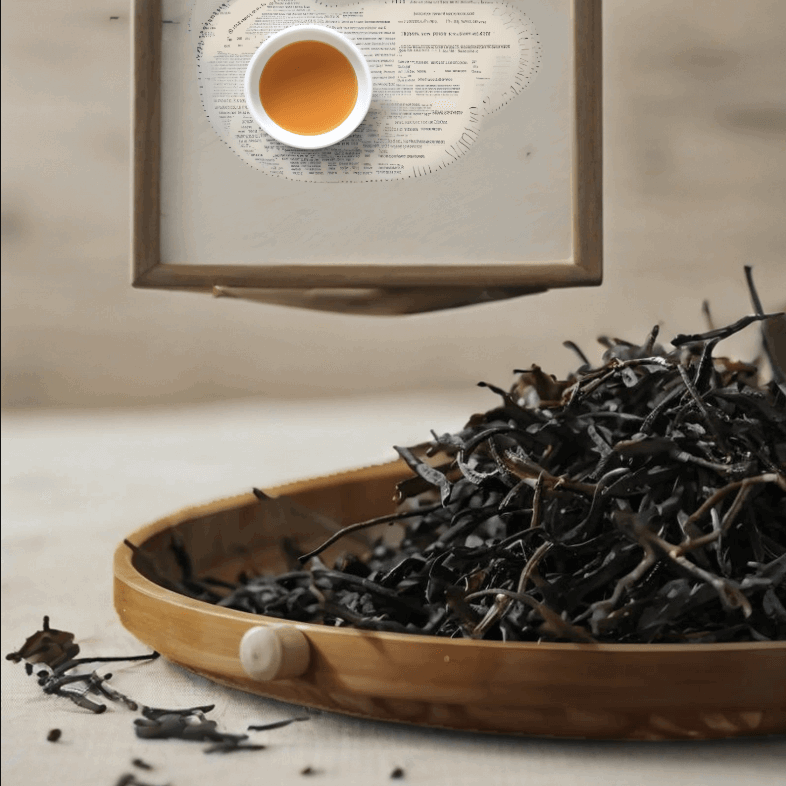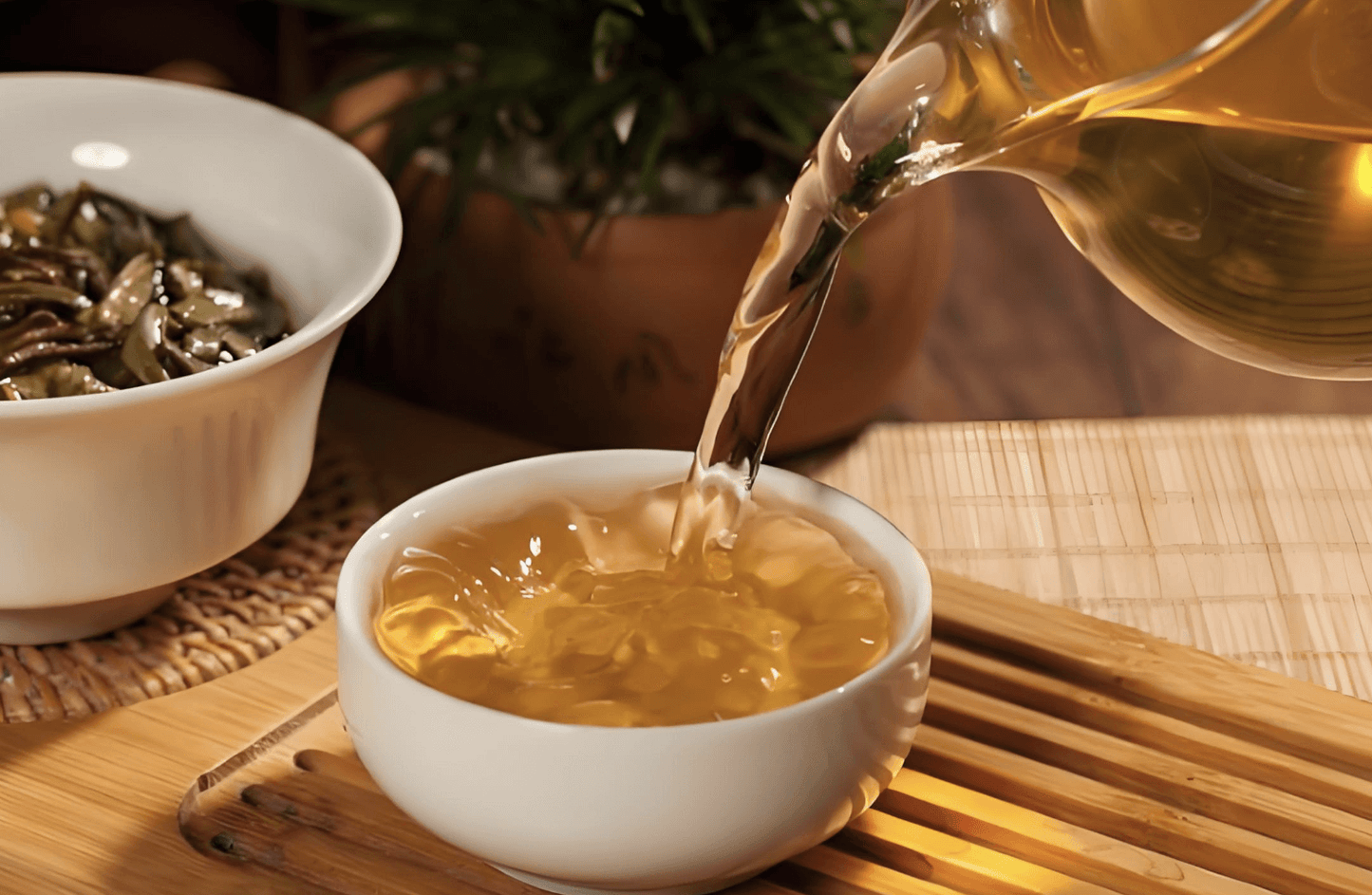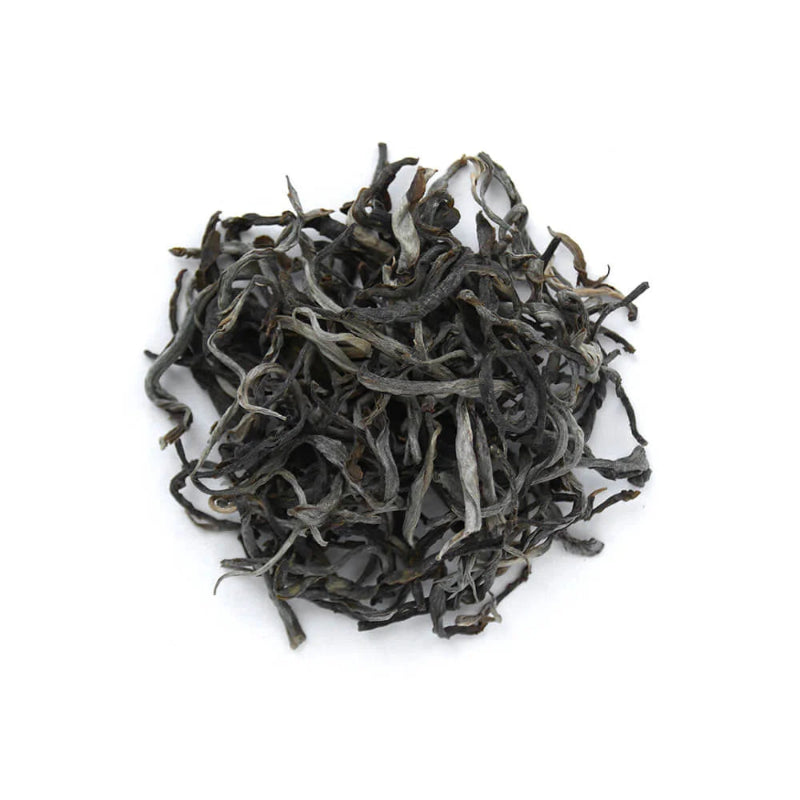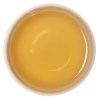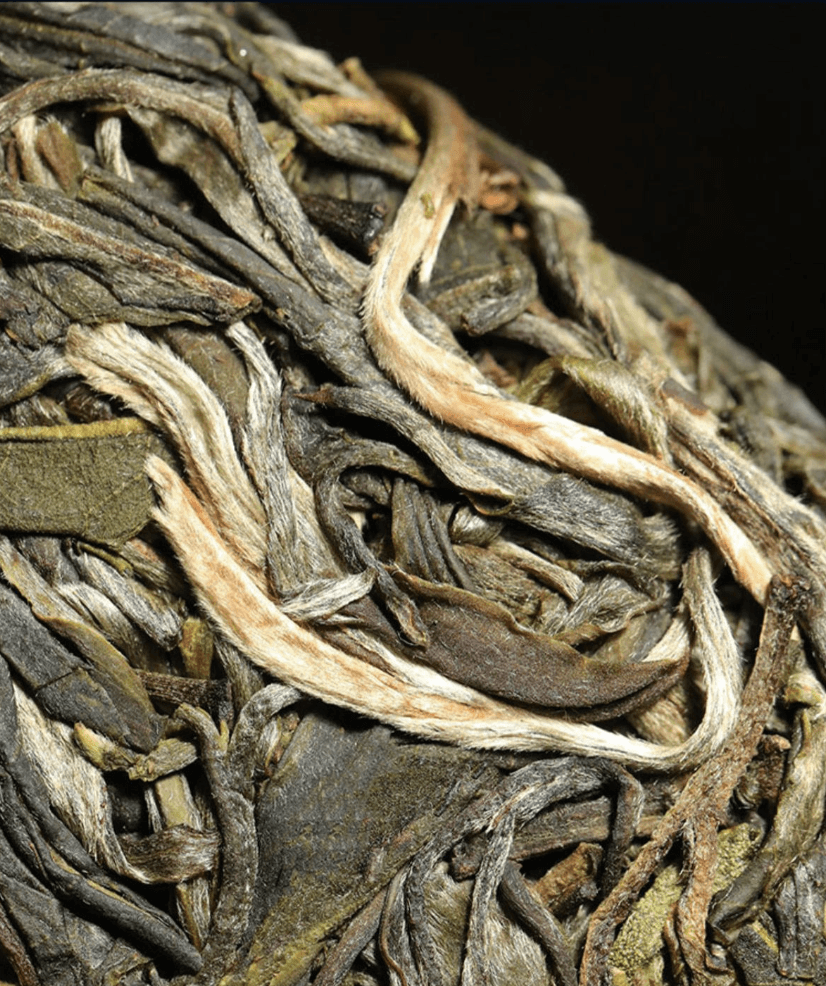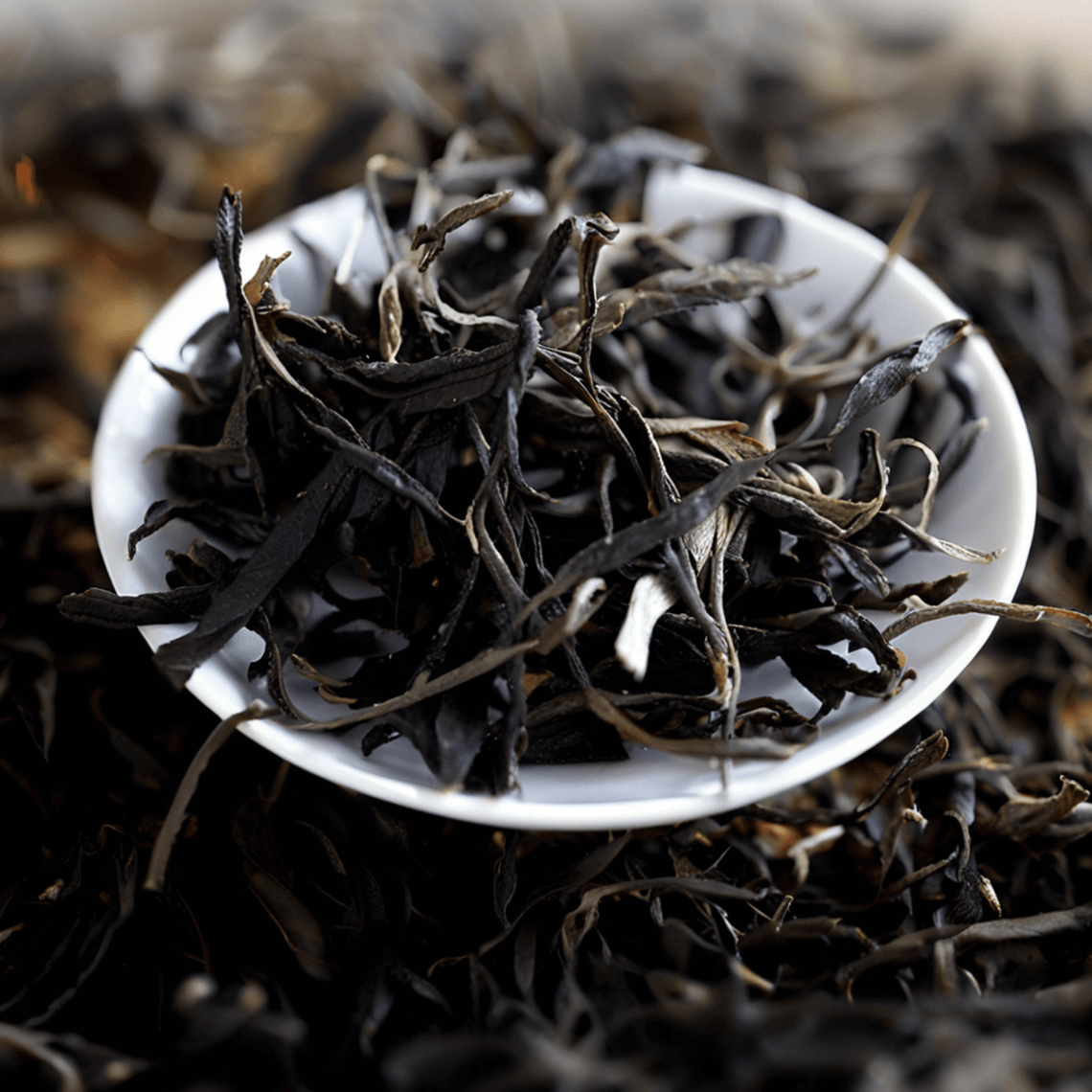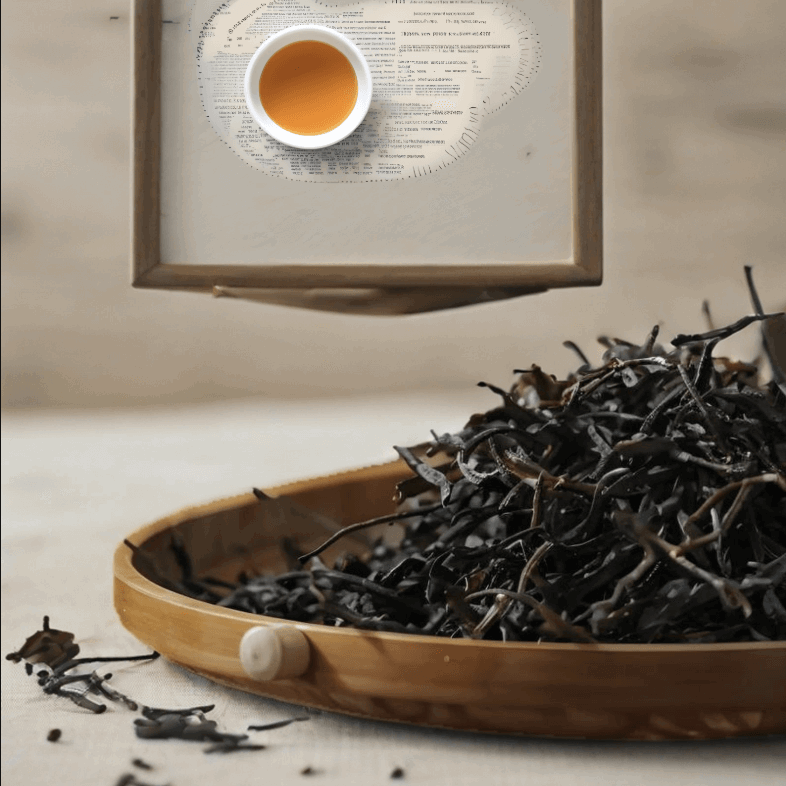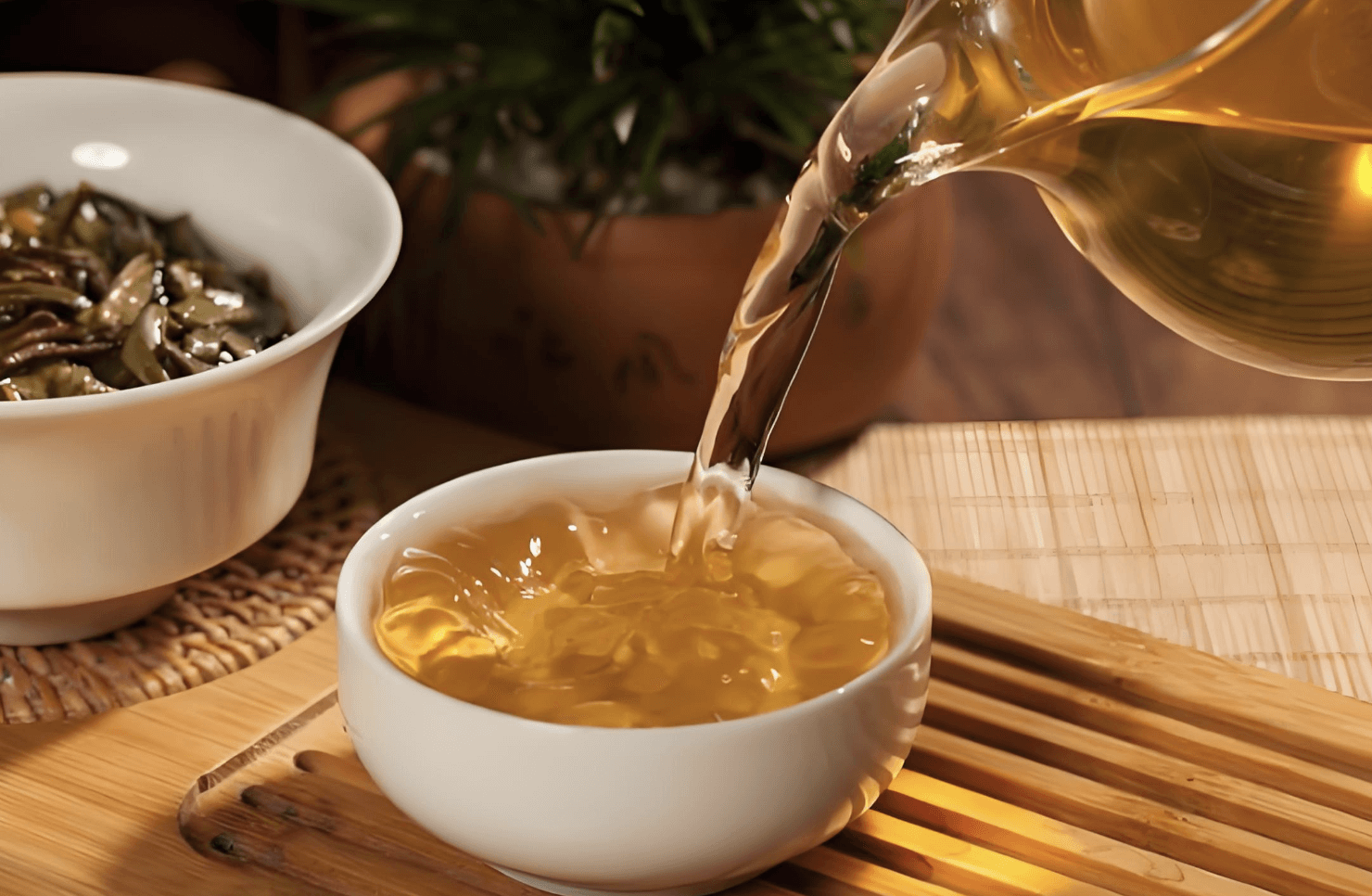TeaStart
Da xue shan Pu'er Tea
Da xue shan Pu'er Tea
Sourced from over 2,100 meters above sea level in Lincang’s Da Xue Mountain, this raw Pu’er is picked from 50+ year-old wild arbor trees nestled within a 65% virgin forest. The tea is sun-withering processed using traditional methods and contains 34% more amino acids than terrace teas—contributing to a crystalline sweetness and layers of orchid florals and stone fruit.
Expect an aromatic top note of wild blossoms, mid-tones of ripe lychee and apricot, and a warming finish of wood embers and mineral spice. Grown in a subtropical monsoon climate with cool 16.8°C days, this tea absorbs the fog and forest, delivering a mountain energy you can taste.
Couldn't load pickup availability
Brewing Guide
Brewing Guide
Tea-to-Water Ratio:100ml / 5g ( 1:20)
Water Temperature:90–95°C(194–203°F)
tip:It is best to use purified water/spring water and avoid the chlorine taste of tap water.
Western Steep
-
Vessel: Glass or ceramic teapot
-
1st–2nd infusions: 5–8 sec
-
Add 5 sec for each following steep
-
Up to 8 steeps
-
Pro Tip: Steep short in the early rounds to enjoy evolving aroma.
Gongfu Style
-
5g / 110ml Gaiwan
-
First rinse: 8s
-
Then: 10s → 13s → 15s → 20s …
Cold Brew
-
6g tea + 300ml cold water
-
Refrigerate for 6 hours
-
Reveals watermelon rind freshness + orchid florals
-
A summer-friendly twist
Recommended Scenarios:Refreshing in the morning / Refreshing in the afternoonFood pairing: sugar-free red dates, ripe Pu'er tea, salty snacks
Not recommended for drinking on an empty stomach or before bed, as it may irritate the stomach or affect sleep
FAQ
FAQ
Q1: Is this Pu’er too strong for beginners?
It might be—this is a raw Pu’er from old trees with intense “cha qi.” However, it’s a great way to explore mountain energy and floral complexity for those ready to level up. Start with short infusions.
Q2: Why does it taste slightly bitter at first?
That initial bitterness is normal for high-quality raw Pu’er—it quickly transforms into lingering sweetness (hui gan 回甘), especially around the 4th–5th infusion.
Q3: How many times can I steep this tea?
Up to 8+ steeps if brewed Gongfu-style. The flavor evolves with each round, especially the sweetness and menthol-like after-cooling effect.
Q4: Can this tea be aged?
Absolutely. This tea improves significantly after 5+ years, developing earthy, truffle-like depths when stored properly in ceramic or breathable clay jars.
Q5: What’s the caffeine level?
Moderate to high. Avoid at night if you’re caffeine-sensitive. Great for mental clarity and digestive stimulation during the day.
Share
